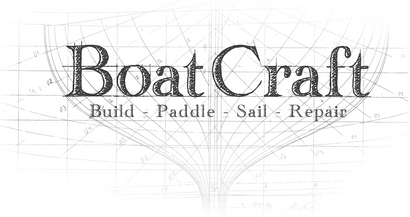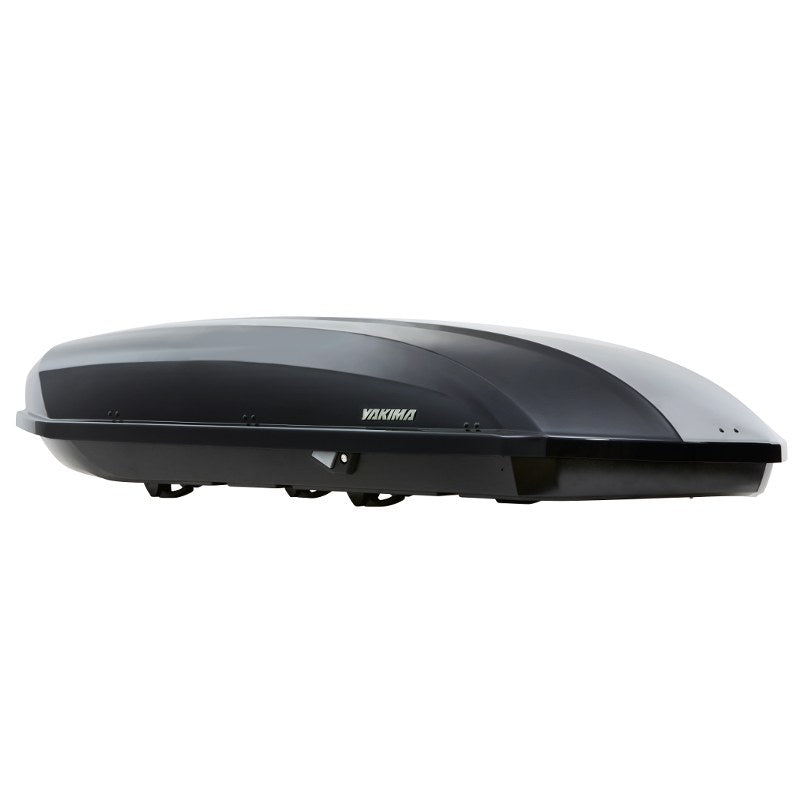Call or Text us at 587-855-1304
Menu
-
- Home
-
Paddle Sports
-
Resin and Fibreglass
-
Marine
-
Transport
-
Specials
- blog
-
- 587-855-1304
- Login
-
CAD

Call or Text us at 587-855-1304

To Gel Coat or not to Gel Coat, that is the Question.
February 09, 2024 5 min read
Gelcoat vs. Polyurethane vs. 2 part Polyurethane vs. Antifouling
To begin we have to define the intended use of the surface that we are coating, for this post it will be marine application, above and below the waterline on top of fiberglass. The reason to define this is there is a fleet of other coatings for raw wood, aluminum or steel, or home applications (fences, decks, drywall, etc.) that have benefits for their specific industry and exposure to water and weather. Let us presume that the boat has ideal fiberglass with proper winterization and moderate use every year (not left in a field for 30 years or ridden up on the beach every use.) The marine coatings offered are Gel Coat (ISO polyester), single part polyurethane, 2-part polyurethane or marine antifouling. Each of these materials has different application requirements as well as longevity when submerged under water. The cost and estimated surface coverage of the different materials will also be a factor in what the builder chooses to use for repairs or construction.
The most commonly requested material for marine top coating is Gel Coat (ISO polyester) which is an MEKP catalyzed coating that is most commonly used by manufacturers. The reason this material is so common in industry is it can be sprayed onto a mold release agent in a mold to be the finished surface for mass produced composite and fiberglass constructions (ie hot tubs, showers, holiday trailers, truck canopy, boats and insulation.) This coating is able to be submerged under water for long periods of time, but does eventually become porous and have underwater growth and UV sun damage. This coating needs to be waxed and polished seasonally to maintain its shine and durability. Gel Coat can be hand applied, but is best to be spray applied with styrene resin thinner through an HVLP spray gun. Styrene will dissolve foam, so foam roller applications are not possible for this product. Gelcoat is about $40 per quart (946ml) with an estimated coverage of 35 square feet per quart at 4mm thick. Gelcoat cannot be too thin because it is prone to spider cracking (called crazing) due to UV damage and temperature change. Gel coat is also cut and polished after application for the ideal finish, this is a second step that is recommended for the best finish. This is a common option for power craft, canoes and sail boats directly from the manufacturer.
The next option for marine painting is single part polyurethane, which is a spray or roller application paint and is offered in a range of premixed colours in quart sizes. Polyurethane is a great option for those that want to refresh a surface or did a repair, with a coverage of 125 square feet per quart at about $75 per quart (946 ml). The trick to the Interlux Brightside or Toplac paint is that it can only be submerged under water for 14 days before it begins to soften and will be scratched more easily. This paint is above the waterline product, but works well for canoes and other craft that will not remain in the water for longer than 14 days. This is a great option for people that don’t want to use a HVLP sprayer and low impact marine application (above the water line) or to repaint Boler trailers and fiberglass showers. This paint when applied is a semi-gloss and can be applied very thin, there is no clear coat or polishing necessary for this product. Flattening agents are also available to make the paint matte for certain deck situations. Always follow the guidelines of the manufacturer when adding thinners or flattening agents, not all chemicals are compatible.
The next option is 2-part polyurethane or epoxy paint, which is a harder surface paint that can be applied with a sprayer or roll application. The 2 part polyurethanes range in cost but are generally $129 per 750 ml with 85 square feet of coverage. This is a more durable surface than single part polyurethane but less durable than gel coats. These paints can be submerged for long periods of time, but not permanently or in salt water. These paints are a more robust material than the single part paints, and are better for high impact areas on a hull. They will fair better against the rollers and bunks on a trailer for example, or rub less when being tied to a dock.
Antifouling paint is applied over fiberglass for boats that will remain in the water permanently in fresh or salt water. These can be roller applied or spray applied, and over time the paint ablates (releases particles) to stop barnacles and growths on the hull of sail boats and power craft. They cost $85 or more with 85 square feet for a quart. These paints need to be maintained seasonally, since they ablate and soften to stop growth the paint does have to be reapplied in the off season. There is varying types and brands of antifouling paint that offer different durability and maintenance. They are only offered in certain colours in Canada, but different manufacturers will offer different colours. The antifouling paint can be a semi-gloss hard finish or a matte finish, but this paint is only used under the waterline for permanent submersion.
The most common questions that we get asked about mainly gel coat and single part polyurethane is durability and ease of application. Most builders that are doing a repair or recoating previously gel coated or fiberglass surfaces should use the polyurethane paints because they do not require special tools or skills above rolling on and tipping off the paint. It is easy to sand and low toxicity, so garage type repairs are not an issue. For those that want a more durable factory finish and are willing to spray, cut and polish the surface Gel Coat is a better option. Gel Coat does require MEKP catalyst and Styrene resin thinner to apply thin even coats with an HVLP sprayer, brush and trowel applying gel coat are possible, but the surface would have to be sanded smooth and wax polished for a nice finish. These guidelines are only for this specific application of a boat hull or deck, if we are using these materials for mold making, automotive or other industries using Gel coat or harder paints like 2-part polyurethane are required. Always use protective equipment when using any paint or resin, organics cartridge mask, gloves and eye protection. Always read the can or search the manufacturer for suitable application, recoat, cure times and other safety information.
For application techniques, please visit the Youtube Channel Timber BoatWorks, where we spray apply gel coat and roll and tip polyurethane varnish. These videos will help understanding on application and techniques that will impact your decision.
Leave a comment
Comments will be approved before showing up.
Subscribe
Sign up to get the latest on sales, new releases and more …
